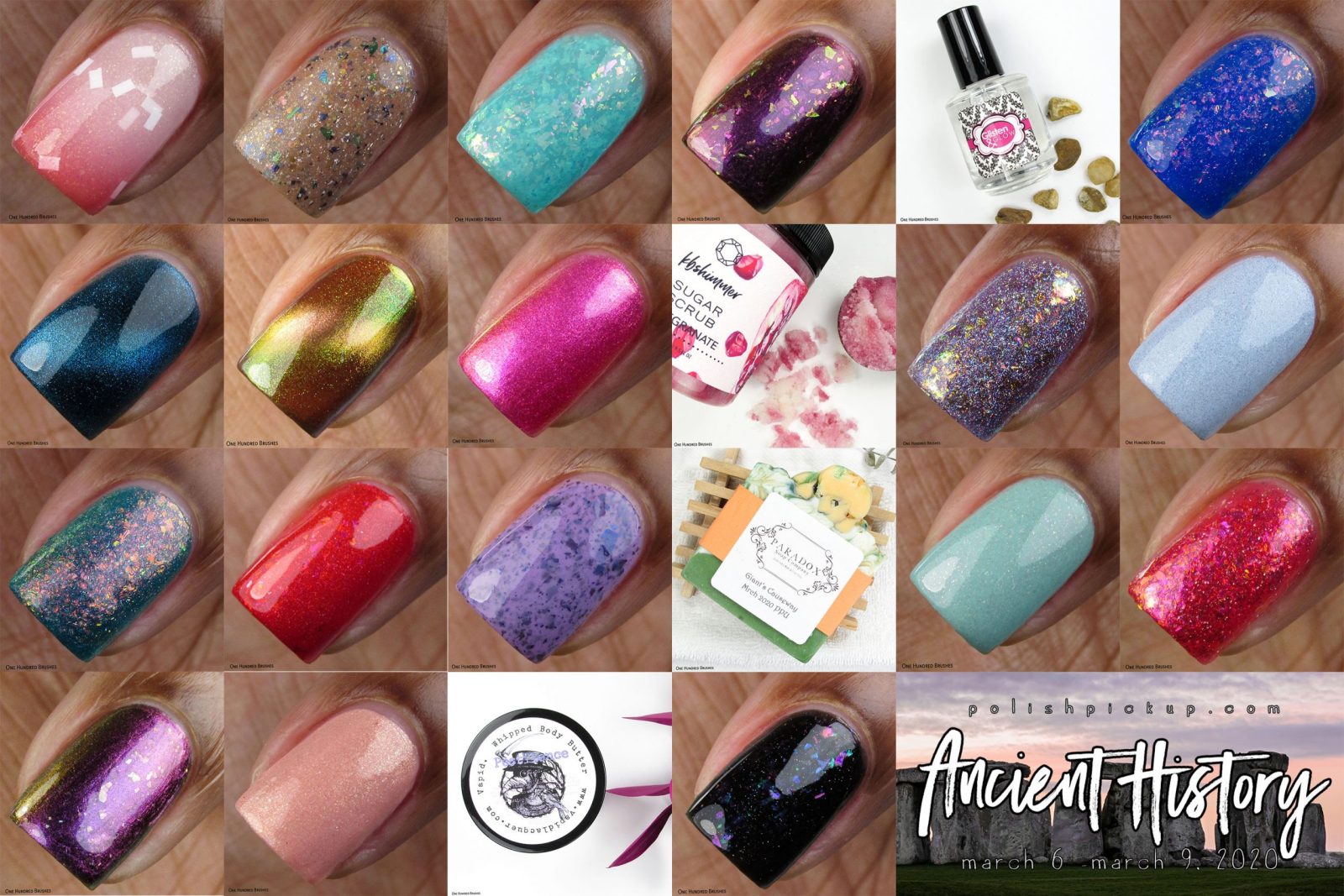While Vernis à Ongles may look like a charmingly amateurish homemade product, it is actually the result of twentieth century chemical technology. Its precise formulation is a trade secret, but there are certain basic components.
Most polishes have a dye or pigment and something to make a film. Nitrocellulose is one of the most common film formers. Some nail polishes are water-based and do not contain nitrocellulose or petrochemical solvents such as ethyl acetate, butyl acetate and toluene.
Origin
Although nail polish seems like a thoroughly modern invention, it is actually one of the oldest cosmetic products. The first nail polishes were formulated in China in 3000 BC. A mixture of beeswax, egg whites, gum Arabic and gelatin was mixed with natural dyes, like those found in roses or orchids. The polish was applied to the nails and left to dry for hours or overnight.
The trend eventually spread to Ancient Egypt where women would use henna to dye their nails. Mummified pharaohs have been shown to have had their nails colored with henna. This practice also became popular in India and Africa where it was common for upper-class women to color their nails.
By the turn of the 20th century, nail polishes had started to appear in various forms – sticks, blocks, powders and liquids. It was around this time that Northam Warren introduced his Cutex line of nail polishes which contained nitrocellulose.
Colors
There are several shades of nail polish to choose from. Each shade of polish can say something different about your personality.
For example, pink nail polish shows that you are a kind, gentle, and loving person. You always look for the best in others and treat them with respect.
A light blue color reveals your youthful spirit. You are often naive and inexperienced in worldly matters, but you can be very charming. Light blue nail polish is also a popular code for telling your TikTok friends that you are off the market or in a new relationship.
Darker red nail polish shades, like bordeaux and burgundy, reveal your mature side. You are confident and self-assured, but you have a soft heart. Your friends and colleagues trust you with their most secret issues. You are the ultimate optimist and always see the glass as half full.
Techniques
Unlike other beauty products that have evolved over hundreds or even thousands of years, nail polish is almost entirely the invention of twentieth century technology. Its ingredients, formulation and production reflect developments in modern chemistry and manufacturing processes.
Several ingredients are necessary to produce nail polish, including film formers, resins and plasticizers, solvents and coloring agents. The exact formulation is a trade secret and is subject to change as chemicals are approved or discredited for certain purposes, and production techniques are improved.
To apply nail polish, roll the bottle between your hands for 15-20 seconds to mix and agitate the ingredients. Then, wipe the brush clean and keep just enough polish on it to cover one nail. Begin with the center of the nail and then swipe down the left and right sides. This technique will help prevent streaking and allow you to apply the color evenly. Then let the polish dry completely before adding a second coat.
Ingredients
All nail polishes contain a film-forming polymer like nitrocellulose (cellulose nitrate cotton) and one or more plasticizers, such as triphenyl phosphate, trimethyl pentanyl diisobutyrate, camphor or dibutyl phthalate. Nitrocellulose provides the hard, shiny finish of the nail polish and protects nails from cracking and peeling. Other chemicals, such as the thickener stearalkonium hectorite and the UV-absorbing compound benzophenone-1, help nail polish remain colorfast.
Most nail polishes also contain colorings that can be organic or inorganic. The colors are dissolved in solvents that hold them until they are mixed with other ingredients and applied to the nails. Many polishes contain micas for those pretty, pearlescent hues.
The main problem with traditional nail polish is the list of toxic ingredients that are present in the formulas. These chemicals are hazardous to anyone who uses them and are particularly harmful for pregnant women and children who are still developing their immune systems. Dibutyl phthalate, for instance, is a plasticizer that increases polish durability and shine but can cause endocrine impacts, and it has been linked to reproductive issues.




Leave a Reply